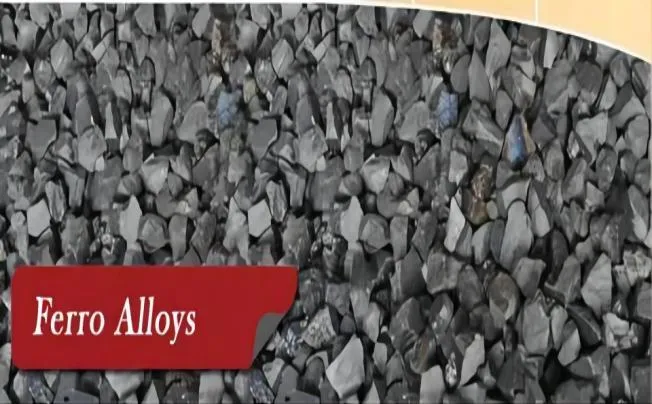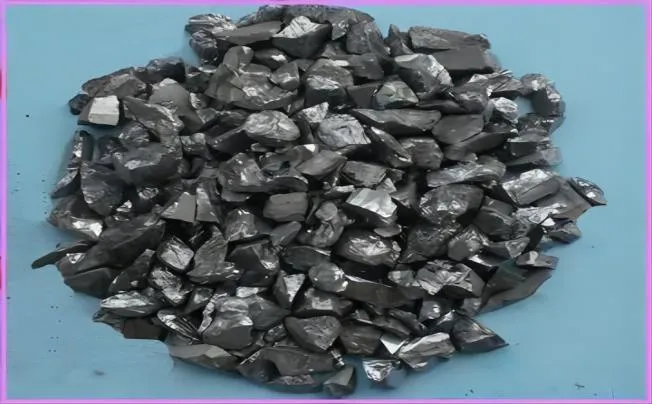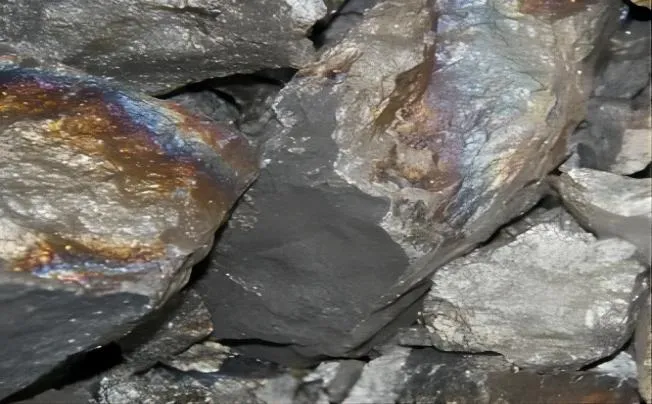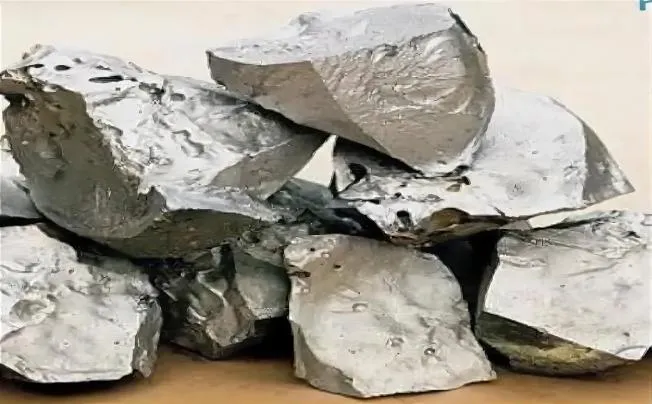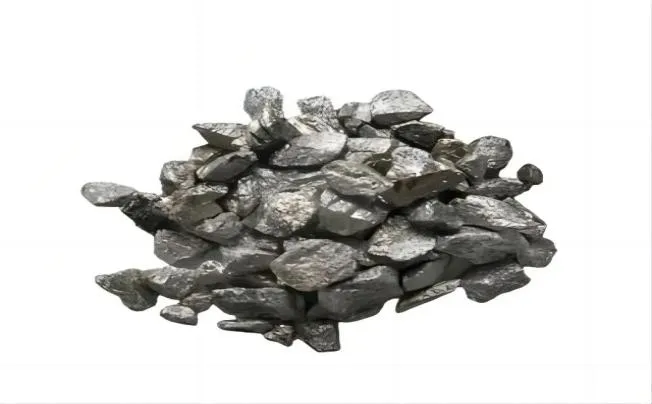What is Ferromolybdenum?
An essential iron-molybdenum metal alloy, ferromolybdenum is mainly used to alloy high-strength low-alloy (HSLA) steel. It has a 60–75% molybdenum concentration. Iron, aluminium, and molybdenum (VI) oxide (MoO3) are heated to create the alloy. Molybdenum is produced in situ when the oxide and aluminium join through an aluminothermic process. Ferromolybdenum can be utilised directly or refined via electron beam melting. Before casting, it is added to molten steel to add molybdenum to the alloy.
The physical properties and applications of ferromolybdenum are as follows: Physical Properties: Appearance: 9 g/cm; Melting Point: 1665–1715 °C; Applications: The most common use of ferromolybdenum is in the production of ferrous alloys, which include military hardware, load-bearing structures, machine tools and equipment, and refinery tubing. Additionally, it is used in the production of stainless steel and other special types of steel that must withstand high temperatures. Finally, ferromolybdenum is frequently added to steel and cast iron to improve their hardenability, strength, and resistance to corrosion.
Manufacturing Process
There are multiple steps in the ferromolybdenum manufacturing process:
Molybdenum (VI) oxide (MoO3) is produced by mining molybdenum.
MoO3 is combined with aluminium and iron oxide.
An aluminothermic process reduces the mixture.
Ferromolybdenum is purified by electron-beam melting.
The finished alloy product is often supplied in bags or steel drums and is created as tiny briquettes or fine powder.
What is Ferromolybdenum 70?
An iron-molybdenum alloy called Ferromolybdenum 70 has a molybdenum concentration of roughly 70%. It is frequently employed in many different contexts.
Production Process: A combination of iron, aluminium, and molybdenum (VI) oxide (MoO3) is heated to create ferromolybdenum 70. Molybdenum is produced in situ when the oxide and aluminium react together through an aluminothermic process. The resultant alloy can be utilized directly or refined further using techniques such as electron beam melting.
Steel Alloying: A major source of molybdenum for alloying high-strength low-alloy (HSLA) steel is ferromolybdenum 70. Known for its enhanced mechanical qualities, HSLA steel finds application in a number of sectors, such as the construction, oil and gas, and automotive industries.
Heat Resistance: Steel’s resistance to high temperatures is enhanced when ferromolybdenum 70 is added. Because of this, it can be used in high-temperature settings for things like heat-resistant components and equipment.
Applications of Ferromolybdenum 70
Ferromolybdenum 70, an iron-molybdenum alloy with approximately 70% molybdenum content, has several applications. Here are some of its common applications:
- Steel Production: Ferromolybdenum 70 is widely used as an additive in steel production. It enhances the strength, hardness, and corrosion resistance of steel, making it suitable for various applications in industries such as automotive, construction, and oil and gas.
- High-Strength Low-Alloy (HSLA) Steel: The alloy is used as an alloying element in the production of HSLA steel. HSLA steel is known for its high strength and improved mechanical properties, making it suitable for structural applications where weight reduction and high strength are required.
- Heat-Resistant Steel: Steel becomes more heat-resistant when ferromolybdenum 70 is added, which qualifies it for use in high-temperature settings. It is employed in the manufacturing of components and equipment that can withstand heat.
- Military Hardware and Machinery: The alloy is used in the production of military hardware and machinery. Steel’s hardness and hardenability have improved, making it more appropriate for use in load-bearing components and structures.
- Production of Stainless Steel: The production of stainless steel involves the use of ferromolybdenum 70. It strengthens, resists corrosion, and withstands heat in stainless steel, which makes it appropriate for a variety of uses, such as chemical processing equipment and appliances.
Characteristics of Ferromolybdenum 70
Ferromolybdenum 70, an iron-molybdenum alloy with approximately 70% molybdenum content, possesses certain characteristics. Physical Properties: Apparent density: approximately 9 g/cm2, or 0.3251 lb/in2. Melting point: ranges from 1665–1715 °C or 3029–3119 °F. Manufacturing Process: Ferromolybdenum 70 is produced by heating a mixture of molybdenum (VI) oxide (MoO3), aluminum, and iron. The oxide and aluminum combine via an aluminothermic reaction to give molybdenum in situ. Electron-beam melting can be applied to purify the ferromolybdenum, and the final alloy product is typically produced in the form of small briquettes or fine powder.
Applications: Ferromolybdenum 70 is mainly used in the production of ferrous alloys, which are used in the production of machine tools, military hardware, refinery tubing, and load-bearing structures. Ferromolybdenum 70 is added to steel to improve its properties, such as strength, hardness, and corrosion resistance.




